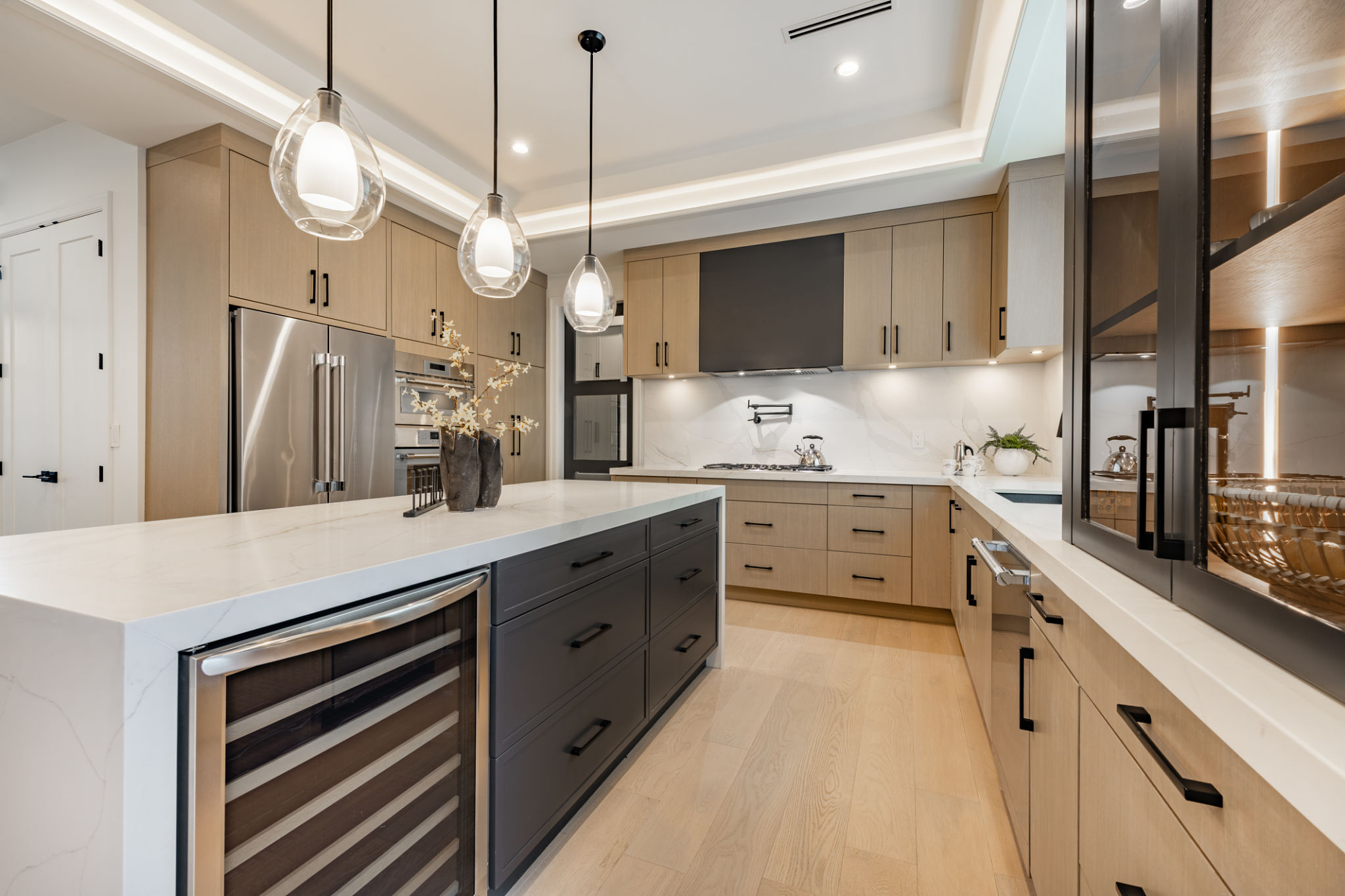The Ultimate Guide to Choosing the Right House Paint Colors
Understanding the Basics of Color Theory
Choosing the right paint colors for your home can feel daunting, but understanding the basics of color theory can make this task much simpler. Colors can affect mood, perception of space, and even energy levels. By familiarizing yourself with the color wheel and how different shades interact, you can create a harmonious balance in your living spaces.
Colors are generally categorized into three types: primary, secondary, and tertiary. Primary colors are red, blue, and yellow, which can be mixed to create secondary colors like green, orange, and purple. Tertiary colors are formed by mixing primary and secondary colors. By using these principles, you can create a palette that suits your style.

Consider the Mood You Want to Create
Colors have the power to influence the atmosphere of a room. Before selecting a paint color, consider what mood you want to evoke in each space. For instance, cool colors such as blues and greens tend to create a calming effect, making them ideal for bedrooms and bathrooms. On the other hand, warm colors like reds and yellows can energize a space, making them perfect for social areas like kitchens and living rooms.
Neutral shades are versatile and can be used in any room. They offer a timeless appeal and act as a perfect backdrop for bold decorations or art pieces. Think about how each room is used and choose colors that will enhance the desired atmosphere.

Assess the Lighting
Lighting plays a crucial role in how paint colors appear in your home. Natural light changes throughout the day, affecting how colors are perceived. A color that looks vibrant in daylight might appear dull under artificial lighting. It's essential to test paint samples in different lighting conditions before making your final choice.
Consider the direction your room faces. North-facing rooms often have cooler tones, so warm shades might balance this out. Conversely, south-facing rooms get plenty of natural light, allowing for cooler hues to shine without feeling cold.

Selecting the Right Finish
The finish of your paint can significantly impact the final look of your walls. Finishes range from matte to high-gloss, each offering different benefits. Matte finishes are excellent for hiding imperfections but may not be as durable in high-traffic areas. Satin and eggshell finishes provide a subtle sheen and are easy to clean, making them suitable for living rooms and hallways.
High-gloss finishes are highly reflective and durable, ideal for areas that require frequent cleaning, such as kitchens and bathrooms. When choosing a finish, consider both aesthetics and practicality to ensure longevity and satisfaction with your paint job.

Using Color Accents
Once you've chosen the primary shade for your walls, consider using accent colors to add depth and interest to your rooms. Accent colors can be introduced through features like an accent wall, trim, or even through furnishings and decor pieces. These accents should complement your main color scheme without overwhelming it.
A well-chosen accent color can highlight architectural features or create a focal point in a room. Remember to keep a cohesive look by repeating the accent color in various elements throughout the space.
Testing Your Colors
Before committing to a full paint job, it's wise to test your chosen colors on a small section of the wall. Paint samples are available at most hardware stores and allow you to see how a color looks in different lights and times of day.
Apply a small patch of paint on your wall and observe it over a few days. This step is crucial in ensuring that you are satisfied with your choice before investing time and money into painting an entire room.

Conclusion
Choosing the right house paint colors involves a mix of art and science. By understanding color theory, assessing lighting conditions, selecting appropriate finishes, and testing samples, you can create a home that reflects your personality and meets your needs. Remember, paint is a powerful tool that can transform any space with just a few brush strokes.
With these tips in mind, you're well on your way to selecting the perfect hues for every room in your home. Happy painting!